
11 minute read
Students
FUNDAMENTAL USERS students
Advertisement
• Natural light • Natural materials • Flexible furniture • Controlled movement tools / equipment • Furniture wide spacing • Quiet zone • Reduced visual clutter • Novelty, new moments • Visual cues • Organizational tools • Visible timer • Reward systems / recognition of accomplishment • “Chill out space” • Optimal Noise Level: 55 dB for introverts, 75 dB for extroverts
Figure 3
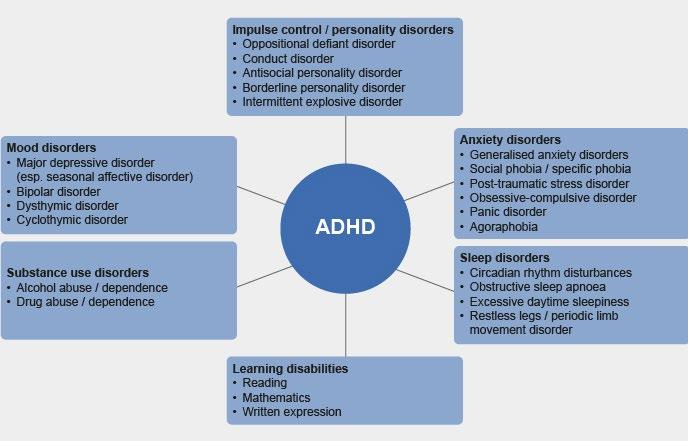
Figure 4
FUNDAMENTAL USERS students
What should we know about ADHD students?
• They do not have just ADHD. They probably have additional diversities such as anxiety, processing disorders, impulsivity, inattentiveness, oppositional defiance disorder, proprioceptor processing disorders, etc. • Can be both hyper focused at times and unfocused. • Can have a need for sensory tools to keep their mind busy. • Tend to always be listening even though they might not seem like it. • Frustrations can come on quickly with cortisol / norepinephrine response in Amygdala. Goes to “fight or flight” more quickly than an average student. • 3% - 5% of the general population has it. (In architecture, it is assumed that number might be closer to 40%). • Often times, individuals can be self-conscious which can trigger anxiety. • Can be great at rapid task shifting (no such thing as multitasking). • Structure & process is helpful – students need to develop their own patterns for success and learn how to develop their own structures. • It changes daily. • Sometimes something as simple as your clothes are extremely frustrating. • Your skin is your largest organ & tons of nerve endings. • Work on difficult tasks earlier in the day – temporal component to learning – structure focus work in morning and physically active work in the afternoons.

Figure 5
• Natural light • Natural materials • Remove environmental stressors • Students want elements to control • Private discussion spaces for teacher student interaction • Smoother transitions between spaces • Video production for presentations.
What we should know about students with anxiety?
• Structures and known outcomes are important for success. • Frustrations can come on quickly with cortisol / norepinephrine response in
Amygdala. Goes to “fight or flight” more quickly than an average student. • Anticipation of unstructured events can trigger anxiety. • Communication of expectations is critical for success of the student. • Can sometimes result in selective mutism in uncomfortable situations. • Can result often result in chronic digestive issues or headaches due to stress. • 6% - 10% of the general population has anxiety, 24% of the population suffers from depression. That means in a standard class, potentially a minimum of 2-3 students have it. • Often times, individuals can be self-conscious which can trigger anxiety. • Can be great at rapid task shifting (no such thing as multitasking). • Students do not like attention being drawn to them. • Might be better served making videos rather than presenting in person.
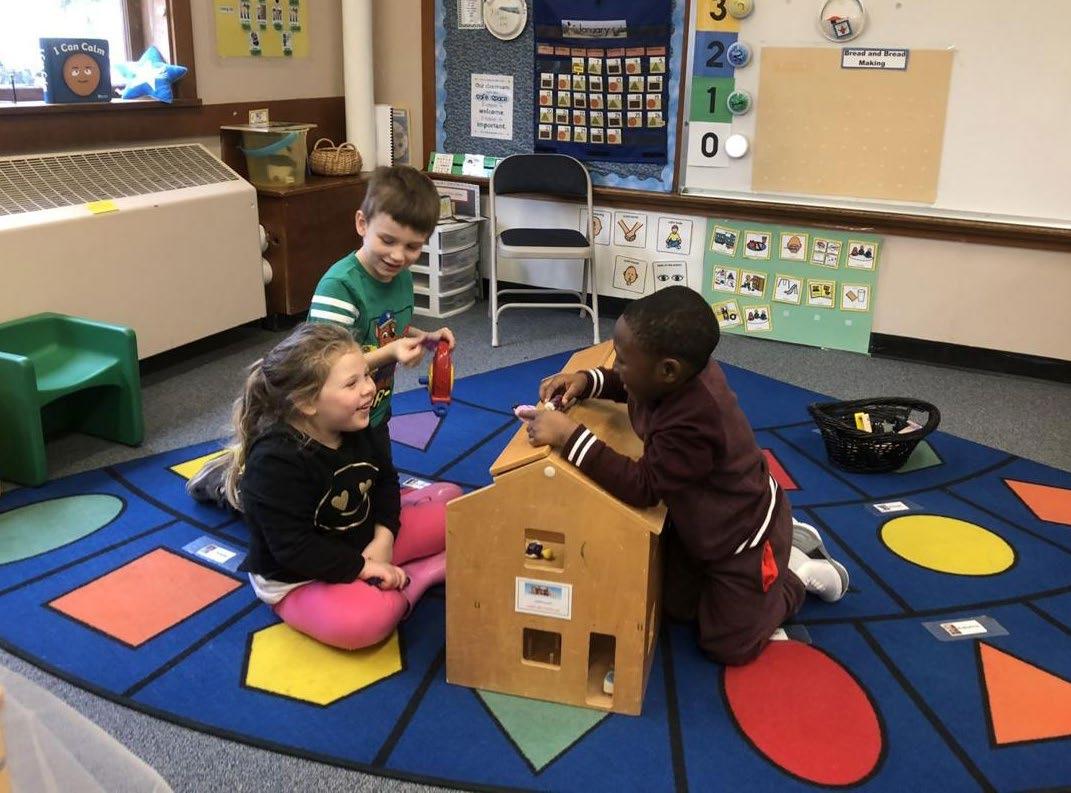
Figure 6

Figure 7
FUNDAMENTAL USERS students
• Controlled natural light • Natural materials • Remove environmental stressors • Acoustics • Spaces for repetitive movements • Private conversation spaces • Clear interpersonal communication • Self-regulatory spaces • Reduced visually cluttered • Visual cues • Tactile stimulation

Figure 8
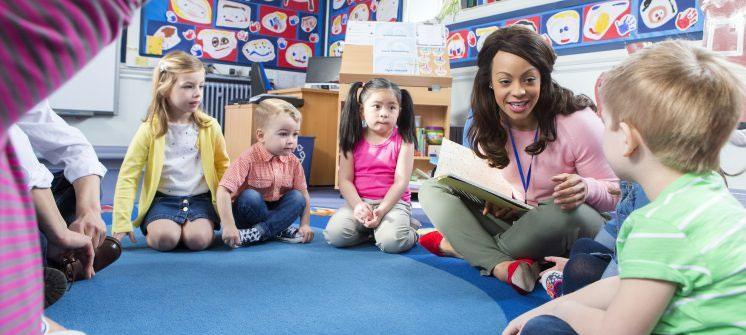
Figure 9
What should we know about students with autism?
• Sometimes spaces become too big. • Organization can be difficult. • Repetitive actions and movements are extremely calming. • Tend to always be listening even though they might not seem like it. • Frustrations can come on quickly with cortisol / norepinephrine response in Amygdala. Goes to “fight or flight” more quickly than an average student. • 3% - 5% of the general population has it. (In architecture, it is assumed that number might be closer to 40%). • Students are not self-conscious. They are matter of fact which sometimes people take as being rude. • Some students could be non-communicative and cannot always express issues. • Some students are great and memorizing from sight or hearing but might not understand verbal directions. • Structure & process is helpful – Students need to develop their own patterns for success and learn how to develop their own structures. • It is hard to express feelings sometimes. • Sometimes something as simple as your clothes are extremely frustrating. • Your skin is your largest organ & tons of nerve endings so sometimes the smallest things can be annoying – 5 senses sometimes do not work in harmony.

Figure 10
FUNDAMENTAL USERS students
• Quiet room for transitions • Reduced visual clutter • Private discussion areas • Family consultation spaces
• Organization can be difficult. • Has trouble sleeping / can be exhausted in class – can lead to irritability. • Has extreme mood swings – from silliness and playfulness to anger.
Anger & frustration can trigger quickly. • Frustrations can come on quickly with cortisol / norepinephrine response in Amygdala. Goes to “fight or flight” more quickly than an average student. • Impulsive by nature – they can cause disruptions – risk taking – drugs, alcohol, sexual behavior. • Depressive state often. Can lead to suicidal thoughts. • Can often also have ADHD, ODD & Conduct Disorder. • Can worry a lot. Deep concerns about many things, sometimes not necessarily about school. • Very self-conscious & often has low-self esteem.

Figure 11
• Can have different speech patterns at times – sometimes rapid, sometimes slow. • Can have difficulties finding supportive medicines. Can result in reactiveness. • About 2.8% of the population has Bipolar Disorder, the numbers skew to 4.7% in teens.
• Quiet room for transitions • Natural light • Private discussion areas • Family consultation spaces • Dietary intervention
• Has trouble sleeping / can be exhausted in class – can lead to irritability. • Has mood swings from quiet to anger – Anger & frustration can trigger quickly – Tantrums. • Frustrations can come on quickly with cortisol / norepinephrine response in Amygdala. Goes to “fight or flight” more quickly than an average student. • Often missing dopamine and serotonin in their brain chemistry. • Drug Use, alcohol, sexual behavior abuses – trying to feel something or numb feelings. • Can lead to suicidal thoughts. • Could have had a traumatic experience in the past that they struggle dealing with - PTSD. • Can often also have ADHD, ODD & Conduct Disorder • Can worry a lot. Deep concerns about many things, sometimes not necessarily about school. • Very self-conscious & often has low-self esteem. • Can have difficulties finding supportive medicines. Can result in reactiveness. • Could suffer from Seasonal Affective Disorder – need more daylight in winter. • Higher probability of eating disorders – medicines sometimes lead to over-eating. • Often suffers from nausea & headaches. • About 2.8% of the population has Bipolar Disorder, the numbers skew to 4.7% in teens.
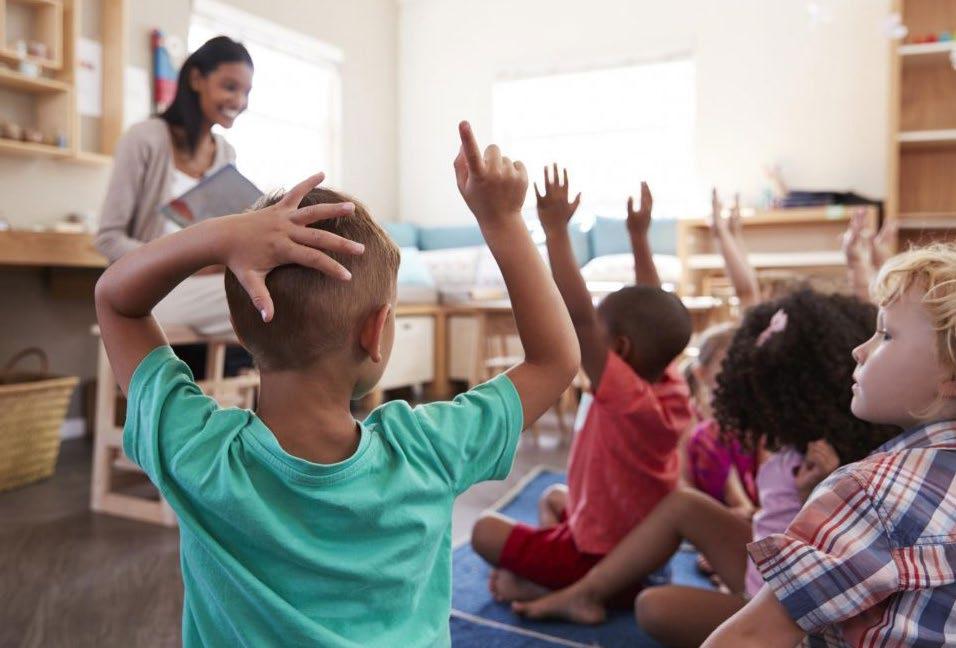
Figure 12
FUNDAMENTAL USERS students
What makes a good classroom for students with Disruptive Mood Dysregulation Disorder (DMDD)?
• Quiet room • Natural light • Private discussion areas • Family consultation spaces
What we should know about students with DMDD?
• Has trouble sleeping / can be exhausted in class – can lead to irritability. • Has mood swings from quiet to anger – anger & frustration can trigger quickly – extreme tantrums. • The student can seek disruptive attention in the classroom when I feel ignored or heard. • Family therapy is helpful to establish consistency of approach to modify behaviors. • Organization & structure helps keep students self-regulated, no surprises. • This was added to the DSM in 2013. Prior to that kids were given the diagnosis of Bipolar Disorder or Oppositional Defiance Disorder. 77% share traits with ADHD & 92% share traits with ODD. • Students struggle to communicate at times, often not making eye contact. • Students can exhibit stubborn behavior • Needs cognitive behavioral therapy, parental training, dialectical behavioral therapy • Approximately 5.2% of adolescents exhibit DMDD behavior; & up to 9% is seen in Juvenile Detention Centers adolescents,
Children under twelve are approximately 5% but diagnosis is trending upward as it is a new diagnosis and gaining understanding.

Figure 13
• Quiet room • Natural light • Private discussion areas • Family consultation spaces
What we should know about students with ODD?
• Has trouble sleeping / can be exhausted in class – can lead to irritability. • Has mood swings from quiet to anger – anger & frustration can trigger quickly – tantrums. • Depending upon the severity, the student can seek disruptive attention in the classroom when I feel ignored or heard. • Can refuse to comply with requests. • Can be depressed and / or have ADHD as well as comorbidities. • Deliberately picks on people, bullies others & blames others for problems. • Family therapy is helpful to establish consistency of approach to modify behaviors/ • Organization & structure helps keep students self-regulated, no surprises. • Students can exhibit stubborn behavior. • Vigorous activity and intermittent movement • Potentially needs special dietary intervention – medicines can cause depressed eating habits, there are certain foods / probiotics that help reduce inflammation. • Can exhibit risk taking behavior to prove they are correct. • Often direct frustration and anger to people in charge openly. • There is a pediatric and an adolescent onset version of this. • This is a condition tied to brain development. • This child can pick fights or instigate fights of others. • Approximately 3.2% - 4.6% of children have ODD. It is approximately 10.2% for adults. It is relatively consistent between men and women.

Figure 14
FUNDAMENTAL USERS students
• Need room to work with dedicated aide • Adjustable desks for comfort could be beneficial. • Reduced visual clutter • Keyboard / Computer usage
What we should know about down syndrome students?
• Down syndrome students sometimes need help with social boundaries. • Down syndrome students tend to be visual learners. • Down syndrome students are very successful with repetitive tasks and would struggle with complex tasks. There is a need to have instructions broken down into smaller parts – They have very short working memories. • There are sometimes fine motor skill issues. • Down syndrome students are literal learners. • Down syndrome students might have problems with writing. • Down syndrome students often struggle with hearing and sight impairment. • Down syndrome students benefit from classroom accommodation plans – audio, visual, kinesthetic • Curiosity and acknowledgment are crucial for engagement. • Students might need additional time to complete tasks. • Thrives on interaction and engagement with peers. • Prevalence – 1 child in 691 has Down Syndrome 95% of those students have Trisomy 21, 4% of Mosaic DS and 1% with Translocation DS. 400,000+ people in the US have down syndrome. • Often there is factors co-presenting such as dyslexia or dyspraxia. • Sometimes has issues with joint laxity and muscle hypotonia. • Down syndrome students can be prone to sinus infections, thyroid and heart issues. There are also potential issues with seizures. • Down syndrome students express pain slower than the neurotypical student. Aides have to look for signs of distress.
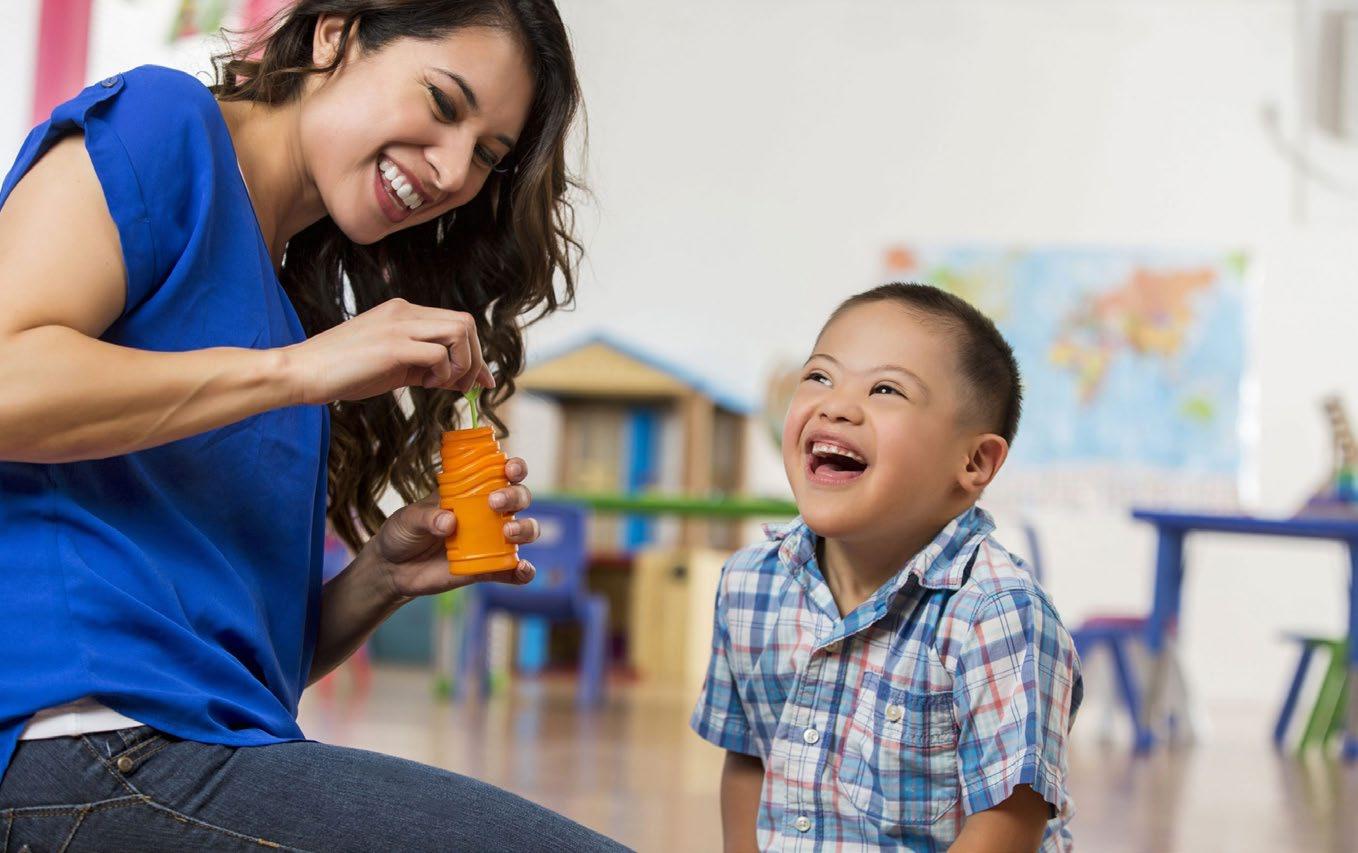
Figure 15
What makes a good classroom for students with physical disabilities (Cerebral Palsy, Muscular Dystrophy, Multiple Sclerosis, etc.)?
• Accessibility, clear movement • Storage needs for assistive technology • Accessible toilet rooms • Multiple presentation formats • Room for ventilators or special breathing apparatus
• Potentially needs special dietary intervention – food prep and sink areas needed. • Can utilize sip / puff (SNP) systems which need cleaning and maintenance. • Students potentially have learning disabilities as well. • Communication with students can be difficult. Consistency of care is important. • In some cases, speech can be impacted. • Can often develop heart and lung problems due to lack of physical activity. • Students can become depressed as conditions worsen or if there is a lack of perceived successes; accomplishments matter and need to be celebrated. • Students might struggle with organization.
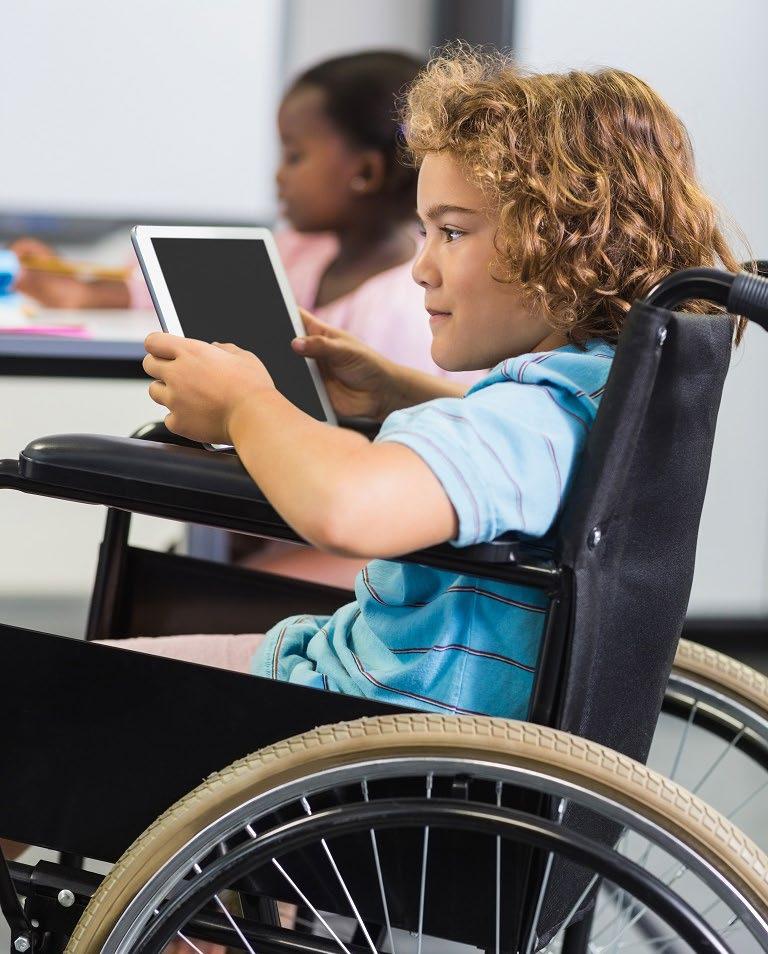
Figure 16
FUNDAMENTAL USERS students

Figure 17 • Writing can be difficult for some students. • Speech therapy and gross motor therapy needed at times. • Can get very tired from exertion. Might need more breaks than other students. • 40% more likely to be male rather than female. • Health-Related Quality of Life (HRQOL) is typically lower than other students. • Consistency of care from home to school is critical to good quality of life. Parent teacher partnership is essential.

Figure 18










